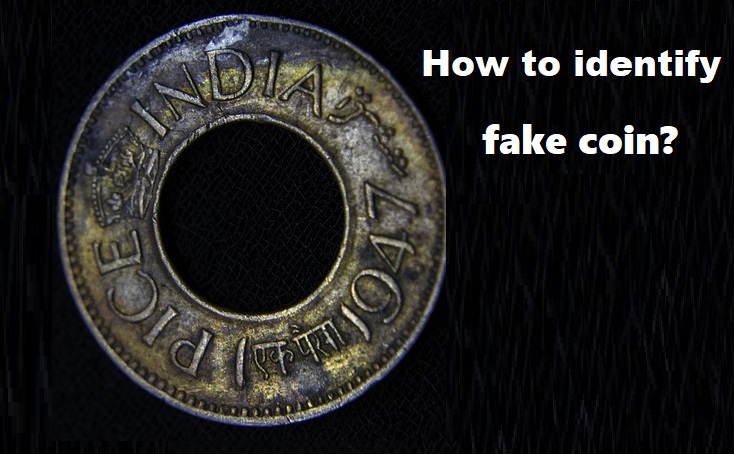
Discover the ancient art of bone carving in India, where artisans transform bones into exquisite objects, blending rich cultural heritage with centuries of artistic excellence
Glassware as an Art Form: A Stunning Expression of Creativity and Skill


Fake ancient coins is a persistent problem. These coins are often made to look like valuable, historical coins and are sold to collectors and investors as genuine artifacts. However, they are not authentic and have no real historical or cultural value. This not only affects the integrity of the artifact market, but it also harms the interests of genuine collectors and enthusiasts who spend time and money acquiring authentic coins.
Fake coins can be of two types. There are fake coins which are minted contemporarily at the same time as the originals. They have their own historical significance. The other types of fake coins are those which are minted in present time and that is the kind of fakes that we will focus on. The interesting part is even these fake coins will be historically significant a couple of centuries later.
One of the major motivations of making a fake is money. Rare coins trade at a very high value. Replicas are also created at times by collectors to cover a gap in their collection but in those cases they mention Copy or Replica or letter R on the coin.
Fake coins which are made with a motivation to earn money usually target the low price range ancient coins. If an ancient coin carries a high price tag, the chances are that a lot of experts will examine a piece before it changes hands. The cost to make a fake of such a coin also becomes very high as the counterfeiter has to nail every small detail. A small mistake and all the money put on minting fake goes down the drain. Ancient coins with a lower price tag usually don’t go through such rigorous examination. Even if a buyer finds it at a later stage, the money involved is so less that they choose to not chase the seller. However, when you are buying a coin, if you take care of certain aspects, the chances of yours getting cheated becomes much smaller.
Let’s look into some of the aspects that can help in making a judicious decision and reduce the probability of buying a fake.
Note: These tips are general guidelines, and fakes can be very sophisticated. The only way to be sure of a coin’s authenticity is to have it examined by a professional with expertise in ancient coins. If you are a professional who understands how to identify fake from genuine, you can register your services on Thigma.
Image courtesy: https://pixabay.com/photos/coin-hole-india-ancient-old-pice-390581/

Discover the ancient art of bone carving in India, where artisans transform bones into exquisite objects, blending rich cultural heritage with centuries of artistic excellence

Dive into the mesmerizing world of immersive resin art, where nature’s beauty, cosmic wonders, and the dynamic sky converge to inspire captivating creations. With a specialized focus on resin, Purva harnesses its glossy finish to craft pieces that dance with light and shadow, offering a truly enchanting visual journey for every observer.

Welcome to the world of art investing!
Imagine owning a piece of history, a tangible expression of human creativity, and an asset that is potentially appreciated over time. Contrary to popular belief, investing in art isn’t just for the ultra-wealthy. With the right knowledge and guidance, anyone can become a discerning art collector.